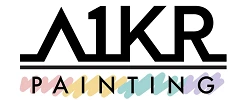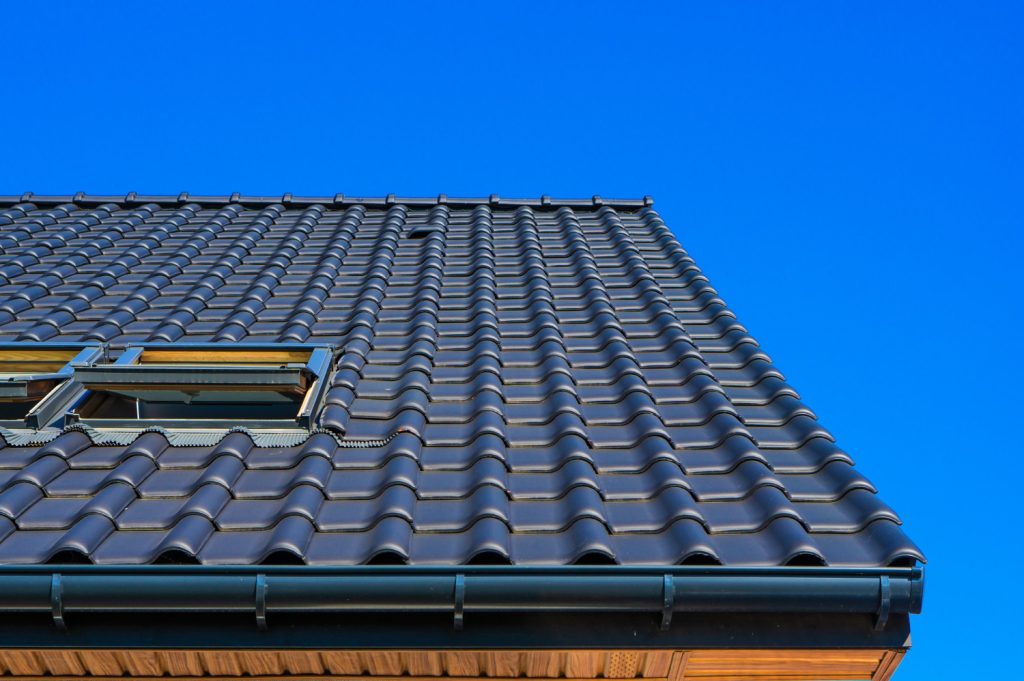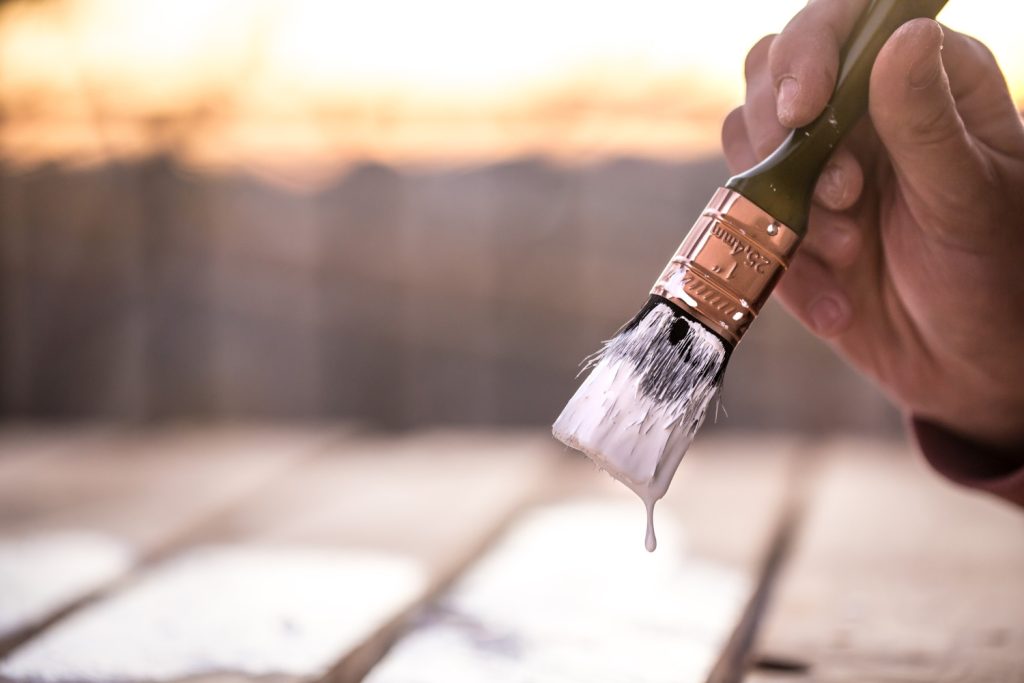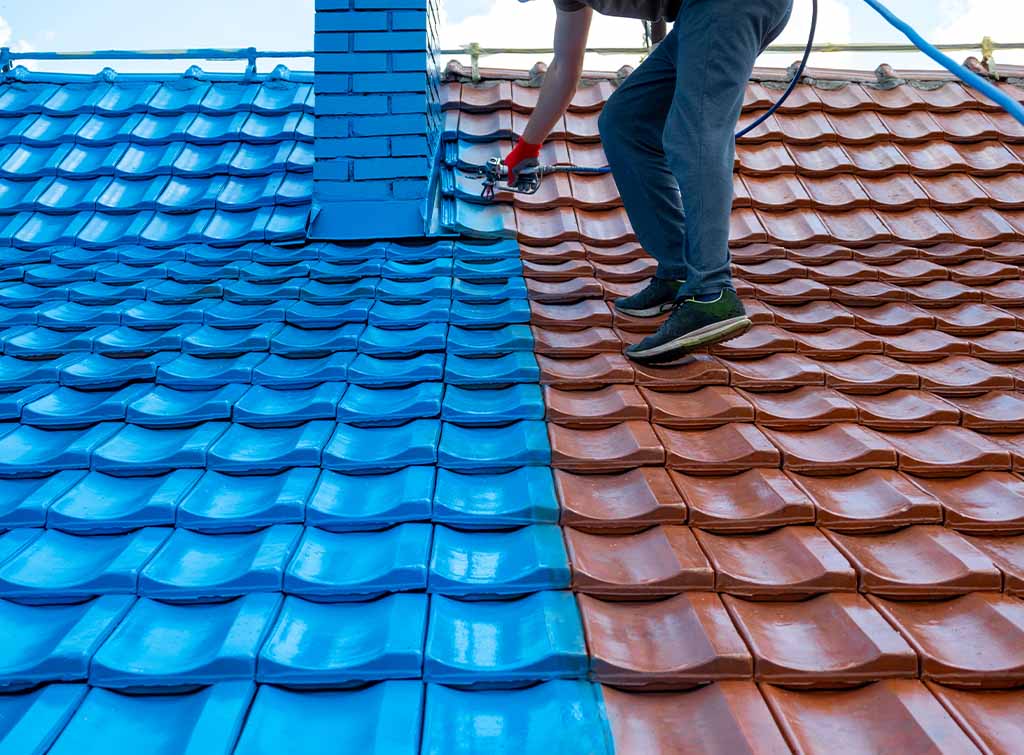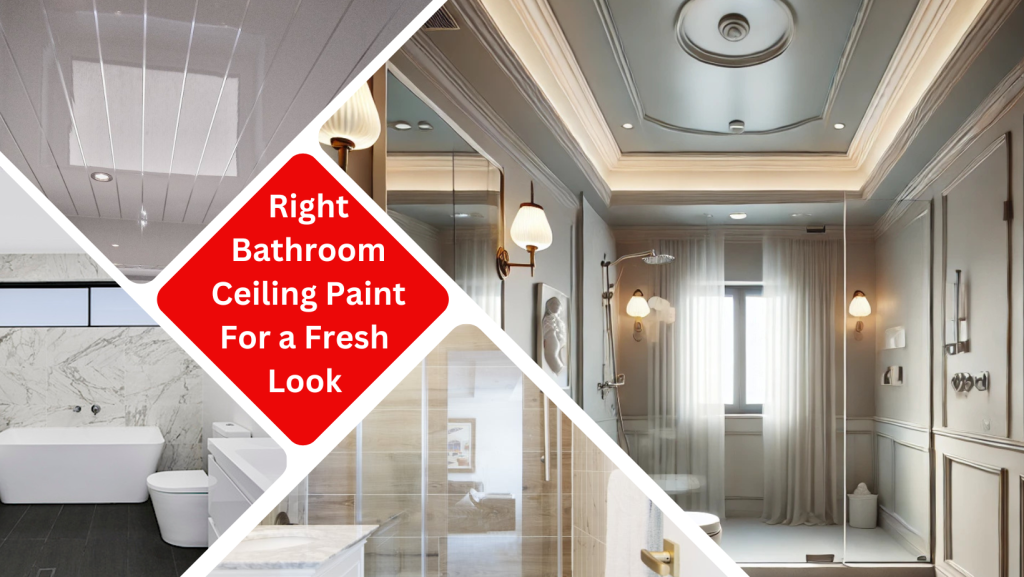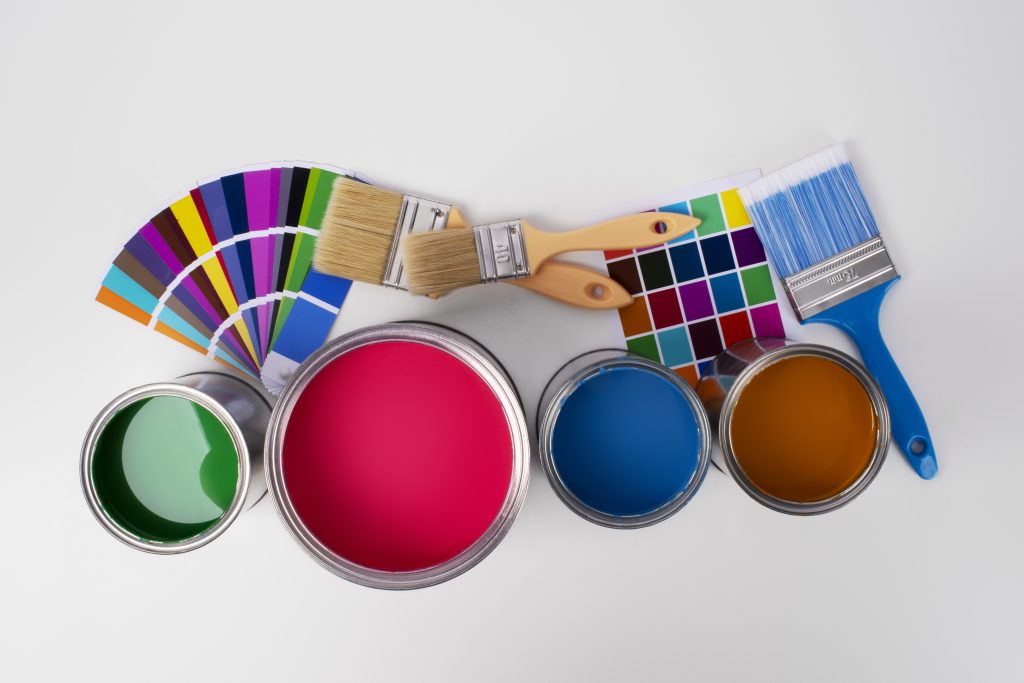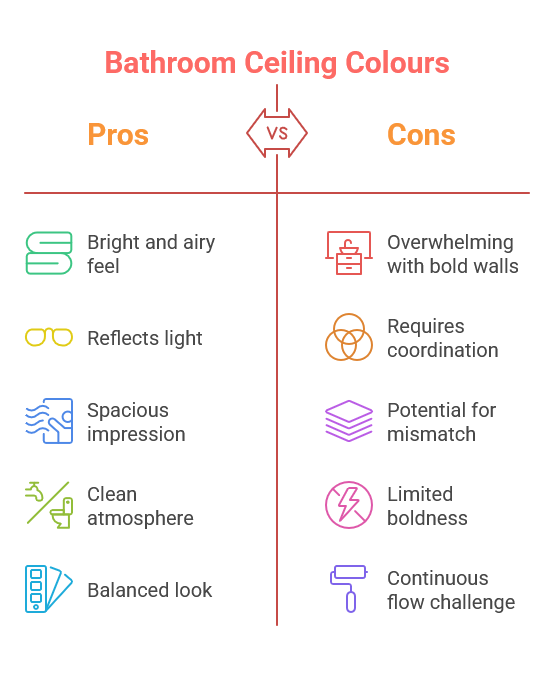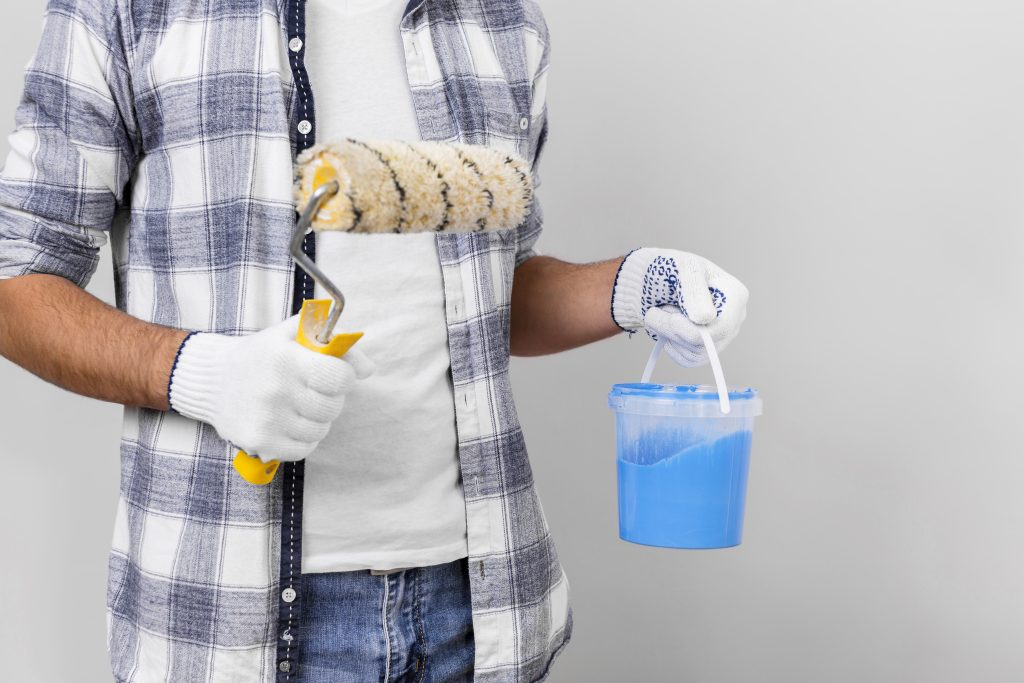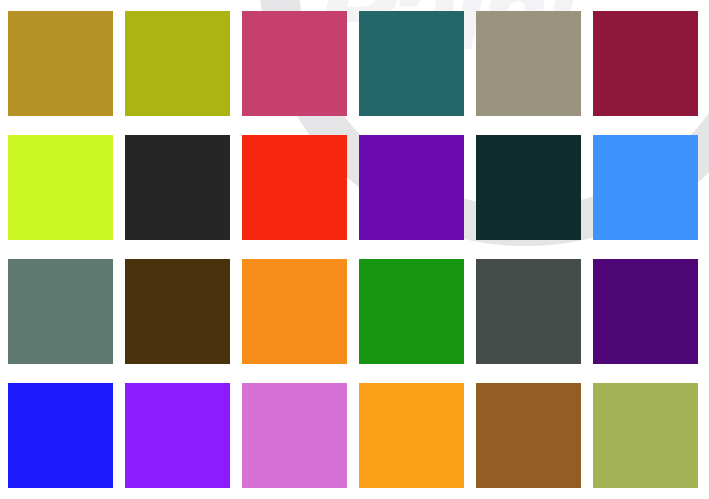
Chalkboard paint colours are getting the hype these days. Many are fascinated by how this paint can turn dull walls into a multicoloured canvas.
As such, more and more companies are producing chalkboard paints, offering greater colour choices for the home, office and playrooms.
This spurs beyond just practical purpose but also creativity. Chalk surfaces can be a material for art or an announcing board for to-do lists.
Getting curious? Learn everything you need to know about chalkboard paint colours including benefits and how to use them.
Understanding Chalkboard Paint
A chalkboard paint is a specialised paint made of talc, titanium dioxide and silicon dioxide. This paint can create a surface that can hold chalk and can be utilised for writing.
So how different is the traditional black chalkboard paint from coloured options?
Traditional black chalkboard paints are versatile, harmonising well with most spaces like offices and kitchens. They create a good contrast to white and other colourful chalks, making them apparent.
On the other hand, coloured chalkboard paints bring a diversity of colours, allowing you to play and customised the look of any space. However, due to the striking hues, there might be issues with the clarity of the chalk.
Choosing the Right Colour
While paints work for the same purpose, your paint choice can hugely influence the room’s aesthetic appeal and the chalk marks’ visibility.
Popular Chalkboard Paint Colours
The most generic chalkboard paint colours are black and green, and that is for a reason. Black creates a great contrast to the white and colourful chalks, making them potent and easier to identify. Meanwhile, green is the softer chalkboard paint colour version, providing less contrast while still maintaining high readability for the chalk.
However, if you want to go beyond the traditional paint colours, consider today’s trendy hues like navy blue, deep red and pastel shades.
These shades provide a contemporary twist to the vintage chalkboard appearance. It allows you to creatively style your space that is your own.
For instance, pastel colours are less saturated and softer in the eyes. They’re just a perfect shade to inspire a calming but playful vibe for spaces like the kitchen or your kid’s room.
Considerations for Colour Selection
When choosing the right chalkboard paint colour, you have to weigh in three important factors namely…
Room Size
Lighter colours like pale green and yellow make your small room seem bigger and brighter. Conversely, dark colours like black absorb light, making your room darker and cosier.
Lighting
If your space invites more natural light, you can use a darker chalkboard shade. However, if your room is poorly lit, we suggest using lighter palettes that reflect light, making the space more open and spacious.
Existing Decor
What’s the potent design of your room? You have to choose a colour that matches the surrounding fixtures and palette.
If you have a minimalistic style, make a statement by using a bold chalkboard paint colour.
Creative Ideas for Each Room
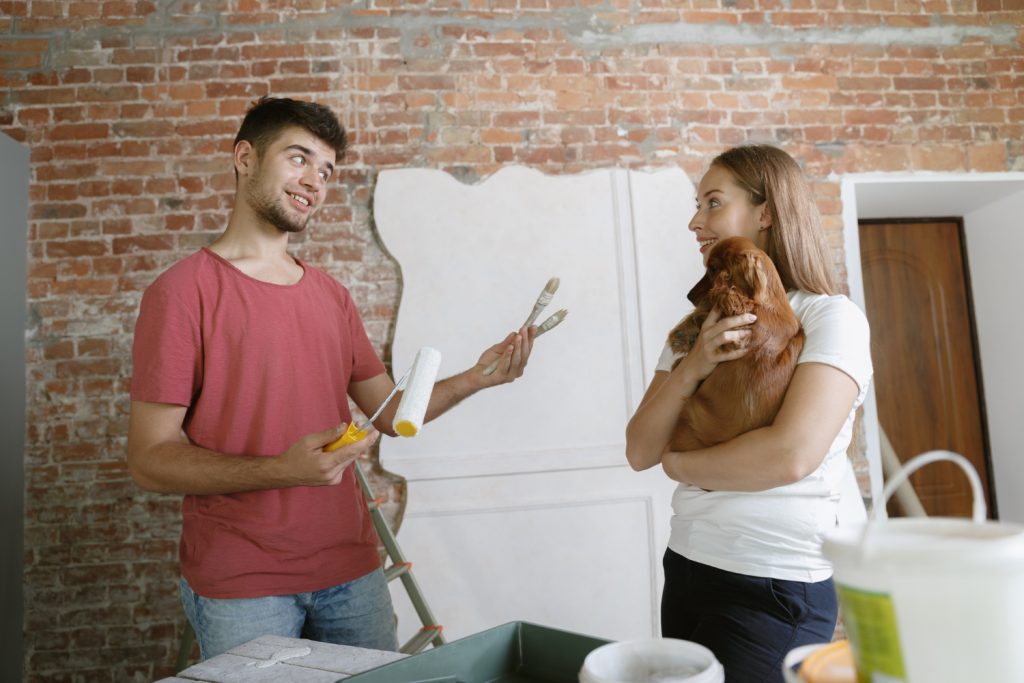
Chalkboard paint can be used in many ways for different purposes. It’s a fun paint that fits right in with various spaces in your home and in the office.
Kitchen
Use chalkboard paint on the pantry door or a backsplash for meal plans or supply lists. It’s a delightful element that you can incorporate into your busy kitchen. You can jot down your ideas without leaving any clutter.
Living Room
A chalkboard wall in the family lounging area is an amazing way to shout out family messages or reminders or showcase artwork. In doing so, you can create a fun, interactive hub where everyone can relax and enhance positive energy.
Children’s Rooms
A colour chalkboard paint on your kid’s playroom wall or furniture can inspire creativity. Your little muppets can leave messages or doodles without disrupting the space.
These playful shades encourage non-stop entertainment and engaging learning experiences.
Home Office
Beyond common spaces, chalkboard paints are viable in personal home offices too, adding a creative touch to your house painting projects. You can design a functional workspace with a chalkboard calendar or project tracker on the walls to add creativity and stay organized.
Entryway
You can elevate your dull entryway with a chalkboard paint colour on the wall. It’s the perfect spot for welcoming messages or important reminders for anyone who comes and goes.
This will not only be a decorative feature but also a functional element.
Application Techniques
Every time a painting project flops, we blame the products. But as it turns out, it’s not the product that failed but the application.
Take heed of the following chalkboard painting techniques and get your desired results.
Preparation Steps
The surface must be completely cleaned to ensure superb paint adhesion. You can use a mild solution to remove the dirt.
Afterwards, prime the surface, using a primer specifically made for chalkboard paint. This is a necessary step, particularly with glossy surfaces, providing a conducive base for the paint to bond with.
Painting Process
Here’s the step-by-step guide to correctly apply the chalkboard paint:
- Make sure the surface is deeply cleaned before you apply the first coat of paint. You can either brush it thinly or thickly depending on the sort of effect you want to achieve. Then let it dry before adding another layer of coat.
- Once you cover the surface with paint, using sandpaper (fine grit), scrape the paint from the spaces you want to uncover.
- Wipe away the sanding dust with a damp cloth.
- With a brush and cloth, apply a wax coat (the number of wax coats depends on your desired finish) in smaller sections to preserve the paint finish.
- Let the wax cure for three weeks for a lasting result.
Maintenance Tips
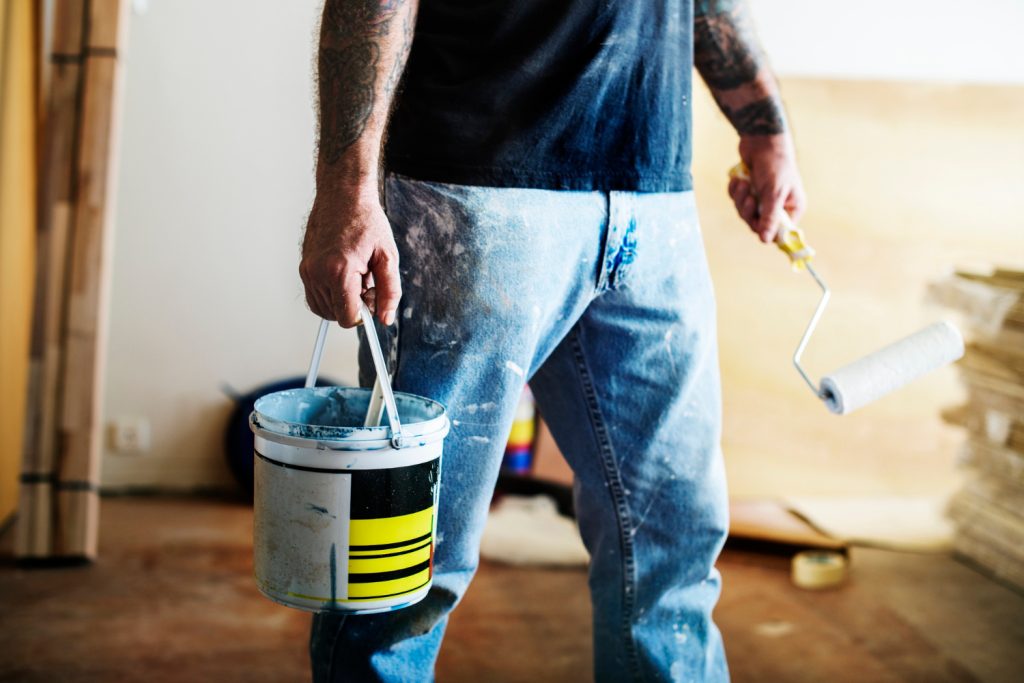
Cleaning Chalkboard Surfaces
Gingerly wipe your chalkboard surfaces with a dry, soft (microfiber) cloth. You can also use a chalkboard eraser to remove the lingering dust.
If you want to deep clean the surface, use a mild solution, which can be a mixture of soap and water. Stay away from any abrasive chemicals, as they may cause scratches on the paint.
Repainting and Touch-Ups
When you see signs of your chalkboard paint fading, it’s time to repaint.
Here’s how you’re going to touch up the affected area:
First, clean the worn area and put a primer on it to ensure good paint bonding.
Then, apply a thin coat, starting in the middle of the touch-up part. Feathering out to the edges to make sure that your touch-up blends seamlessly with the wall.
Conclusion
The strength of chalkboard paint lies in its versatility and creative potential in various colours in any space. It is a paint with diverse techniques—from feathery washes to thick coats that create a vintage, shaggy, chic look.
Chalkboard paint colours can breathe new life into old spaces, furniture and every part of your home. You get that all-in-one product.
So, experiment with different applications and elevate your living space!
If you need the capable hands of a professional, A One Korean Paint is ready and happy to help you with any painting project. We work to create your design fantasy, allowing your space to smile at you.
